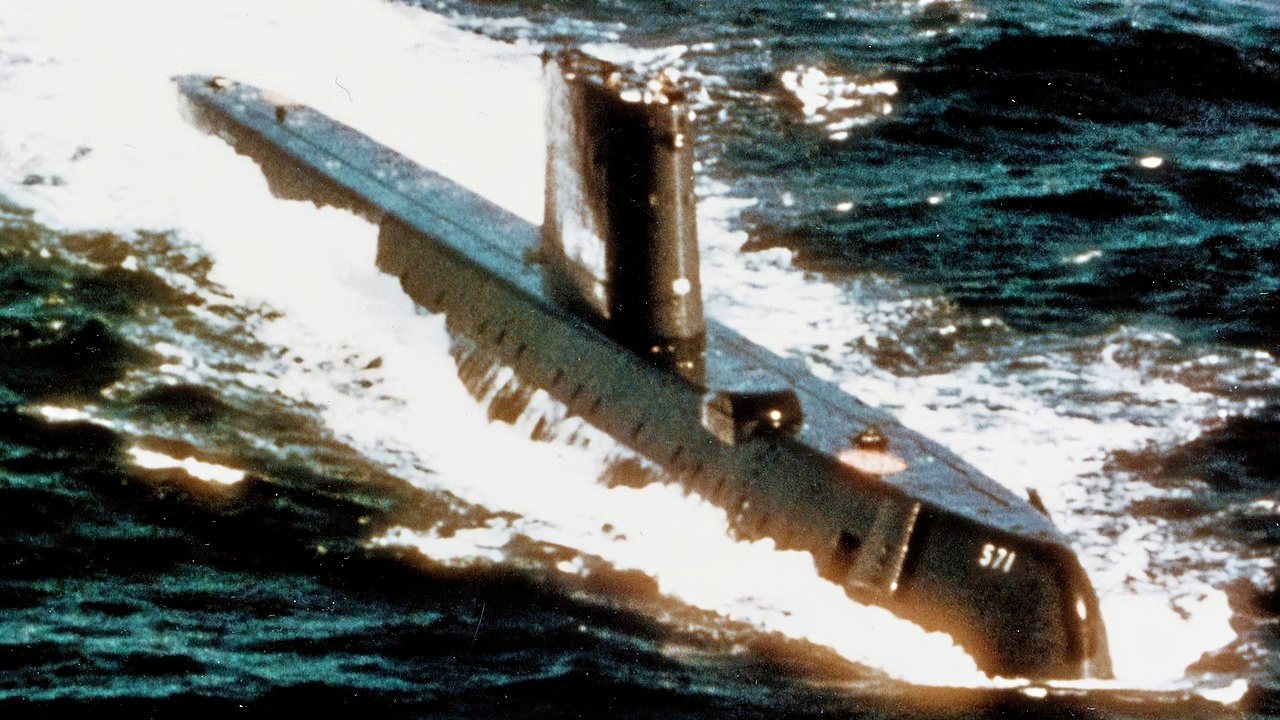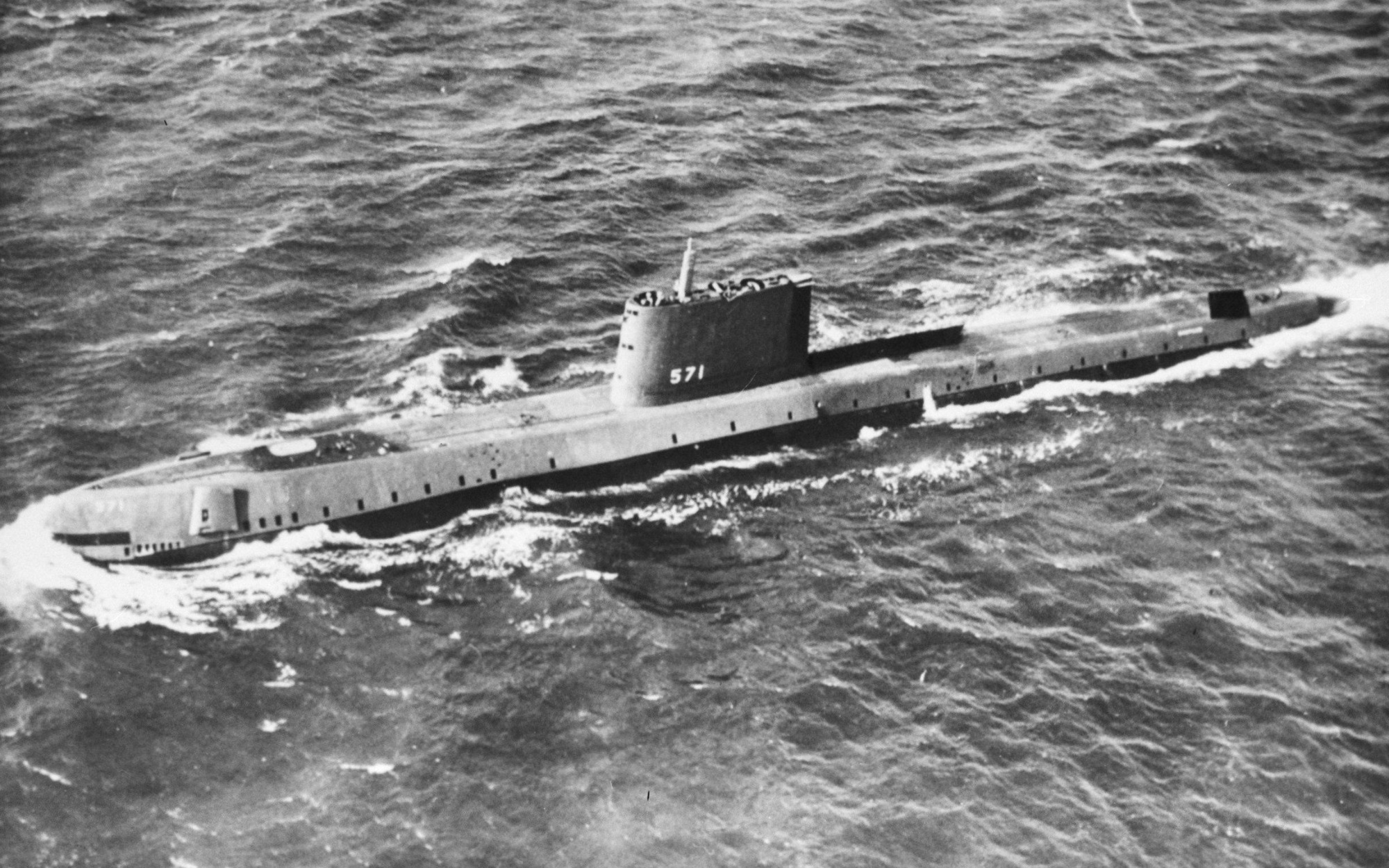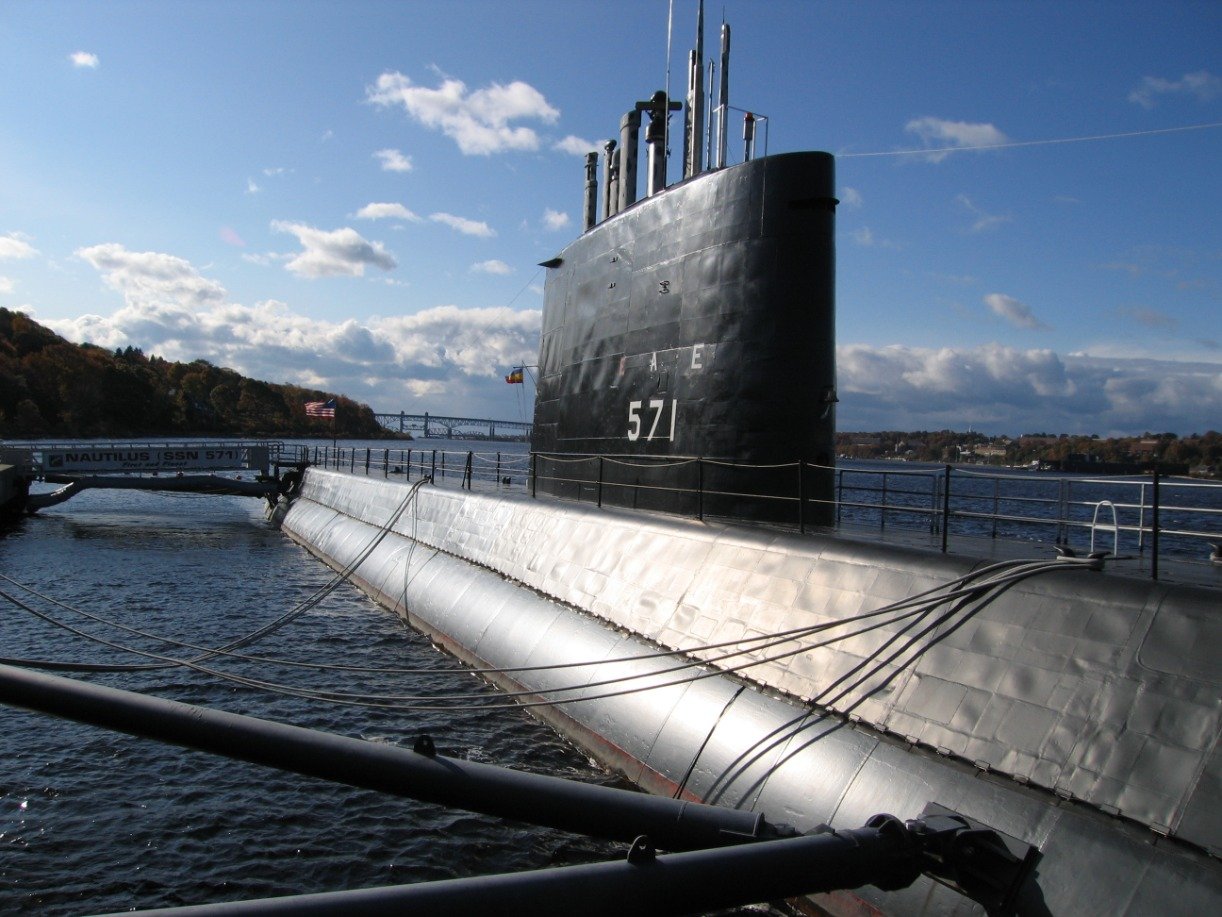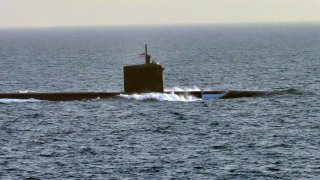The Navy Freaked: A Nuclear Submarine Was ‘Shattered Into 5 Pieces’
The USS Thresher (SSN-593), a U.S. Navy nuclear-powered attack submarine, sank in April 1963 during deep-diving tests off the coast of Massachusetts, resulting in the loss of 129 sailors and crew. The sub was shattered into five pieces and confounded experts.
Summary and Key Points: The USS Thresher (SSN-593), a U.S. Navy nuclear-powered attack submarine, sank in April 1963 during deep-diving tests off the coast of Massachusetts, resulting in the loss of 129 sailors and crew. The sub was shattered into five pieces and confounded experts.

-Despite extensive investigations, the exact cause of the disaster remains undetermined. Initially, it was believed that a failure in the submarine's piping system caused the incident, but this theory has been largely dismissed.
-The Thresher, considered one of the fastest and quietest submarines of its time, was designed to counter Soviet submarines with advanced sonar and weapons systems. The tragedy remains one of the worst submarine disasters in history.
USS Thresher: The Deadly Submarine Disaster That Still Baffles Experts
More than six decades ago, a U.S. Navy nuclear-powered submarine sank to the bottom of the ocean. The tragedy behind the USS Thresher(SSN-593) sinking has been magnified by the lack of definite evidence as to what exactly went wrong.
The Accident
In 2020, the Navy released additional documents surrounding the investigation of the incident, although the service also qualified that little new details could be revealed by the new findings.
Retired Capt. James Bryant sued the Navy in 2019, forcing the service to release the unclassified investigation documents detailing the Thresher’s last dive.
Initially, the Navy had refused to grant Bryant’s request for records under the Freedom of Information Act. The retired Capt. believed that valuable lessons could be derived from investigating what exactly caused the submarine to sink. U.S. District Court Judge Trevor McFadden ordered the Navy to release more than 3,600 pages of documents related to the sinking.
However, a concrete explanation as to what went wrong has not been discovered.
Introducing the USS Thresher (SSN-593)
Named after the Thresher shark, SSN-593 was the lead boat of her class of nuclear-powered attack submarines in the Navy.
Designed in the early days of the Cold War to locate and take out Soviet submarines, the Thresher was considered to be the fastest and quietest vessel to enter service with any navy across the globe.

In addition to her speed and stealth, the Thresher was armed to the teeth. From sporting the service’s newest anti-submarine SUBROC missiles to the passive and active sonar that it possessed, the Thresher was quite the formidable submarine.
The SSN effectively combined the capabilities of attack and hunter-killer ships, making it the ideal match for the Soviet counterparts. Notably, the Thresher had a cigar-shaped hull and featured BBQ-2, which was considered to be the most advanced sonar ever fitted to a submarine.
The U.S. Naval Institute detailed how the Thresher’s four torpedo tubes could launch the latest antisubmarine and anti-ship torpedoes and would later be able to fire the anti submarine rocket ARSOC from those tubes.
An overview of the Thresher sinking incident
On April 30, 1961, the USS Thresher went underway to begin her initial sea trials from the Portsmouth Naval Shipyard in Maine.
Roughly two years later, the submarine would again sail from Main towards the coast of Massachusetts to carry out deep-diving tests. On April 9, 1963, the submarine successfully conducted trials during the day and submerged overnight. The next morning, the Thresher was able to reestablish communications with the USS Skylark Penguin-class submarine rescue ship. After doing so, the submarine continued her deep-sea trials, where she dove slowly in a circular pattern. By the time the Thresher reached the depth of roughly 1,300-feet, the Skylark received an alarming message: “ … Minor difficulties. Have positive up-angle. Attempting to blow …” Another unclear communique was received which included the number 900.

Following the failed attempts to communicate with the Thresher, the Skylark began dropping grenades as a signal for the submarine to surface in case of failed communications. Soon after, a massive air and surface force rescue team began searching for the missing submarine.
The Navy decided to sink a previously discarded submarine (the Toro) in the same area that the Thresher went missing in in order to map out how the currents may have impacted a sinking object. Eventually, some debris and smaller pieces of the submarine were recovered. However, it wasn’t until the Navy sent the Trieste II bathyscaph that the rest of the Thresher’s remains were discovered. Experts largely believed that a flooding mishap likely caused the sinking of the submarine. The Navy asserted that a failure in the piping system, presumably in the engine room, was the likely culprit behind the incident. Overtime, this assertion was widely dismissed since a piping issue that would have resulted in the flooding of the vessel in one minute would have not given the Thresher enough time to relay the “minor problem” message.

Regardless of how the Thresher sank, the lives of 129 sailors and crew were tragically taken in its sinking.
About the Author
Maya Carlin is an analyst with the Center for Security Policy and a former Anna Sobol Levy Fellow at IDC Herzliya in Israel. She has by-lines in many publications, including The National Interest, Jerusalem Post, and Times of Israel. You can follow her on Twitter: @MayaCarlin.
Image Credit: Creative Commons images of generic U.S. Navy submarine stock photos.


